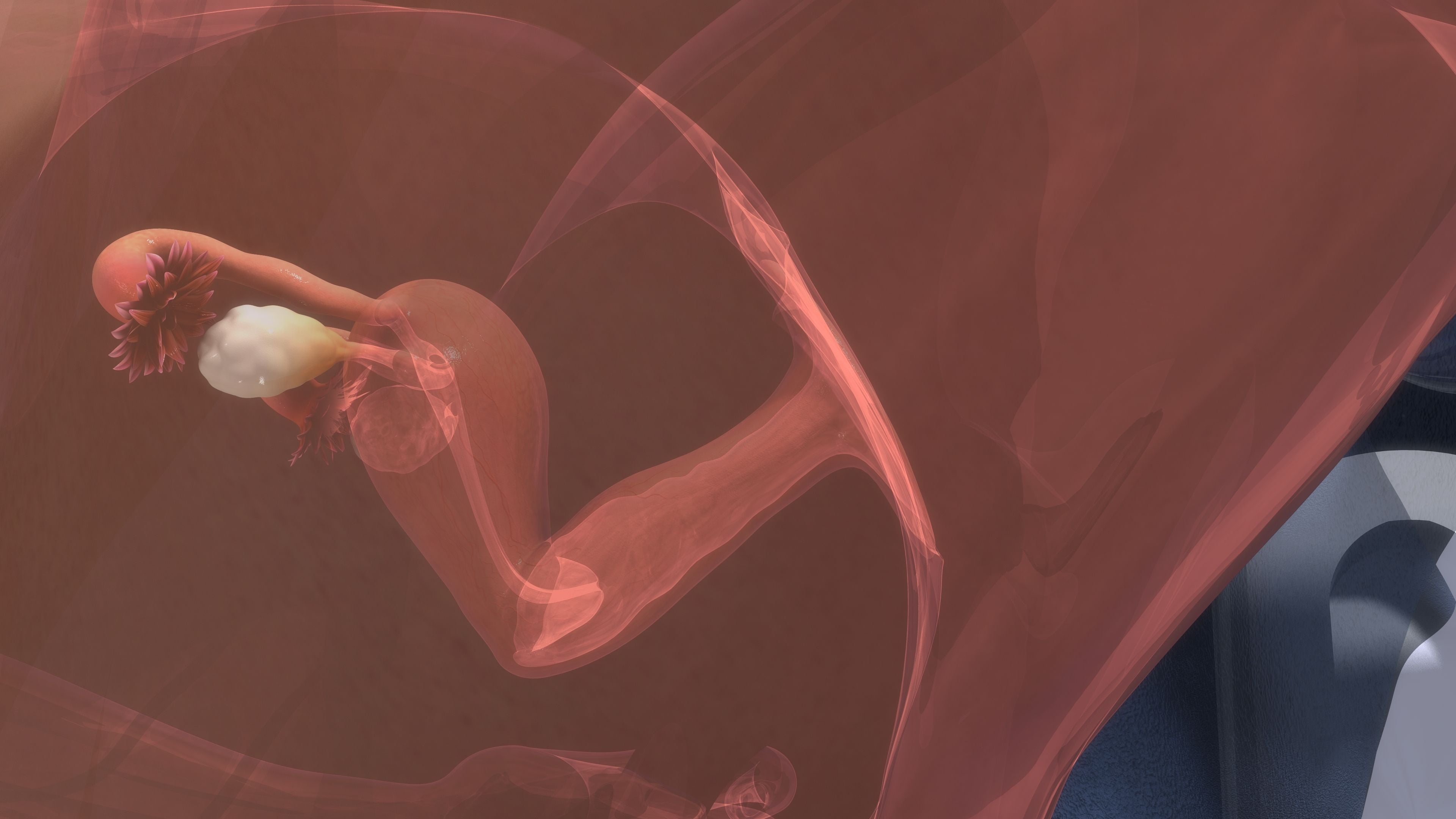How Big Do Ovaries Get During IVF?

The size of the ovaries among individuals varies as all women begin with a different amount of eggs. When women are born, they possess all the eggs they will have for their lifetime, anywhere from 500,000 to 2 million. As women grow, even in childhood, egg numbers are decreasing. Girls enter puberty with many more eggs than they will use, which is about 300,000 to 500,000. The eggs are nestled in fluid-filled cavities called follicles. The body produces a hormone, called FSH, which stimulates the follicles to prepare an egg for maturation and release each month. A woman will ovulate 400-500 eggs in her lifetime. For every egg she ovulates, 1,000 will die off naturally during the maturation process.
At the start of the IVF cycle , there are several ovarian stimulation medication protocols utilized to “pump up” the ovaries to produce enough follicles or eggs. There is one egg in each follicle. In a normal cycle, there is a single egg that develops each month. IVF is performed to increase the number of developing eggs/follicles because some eggs will not fertilize or do not develop normally after fertilization.
The size of the ovary during treatment will vary based on the state of the woman’s body. It is common to have frequent appointments to be able to make mid-course adjustments to monitor estrogen levels and follicle size. A balance is needed to maximize the ovaries’ response to medications.
Some women report a feeling of heaviness in their ovaries, bloating, and discomfort, while others experience none during treatment. The ovaries generally return to normal within a few weeks. You do not “lose” eggs when going through IVF; rather, IVF “rescues” eggs that were competing to be the one that ovulates.
To learn more about how IVF or if you are considering undergoing fertility treatment, please continue to read our blog, and feel free to contact us and make an appointment at either our Dallas, Austin, San Antonio, or Houston clinic locations.


















